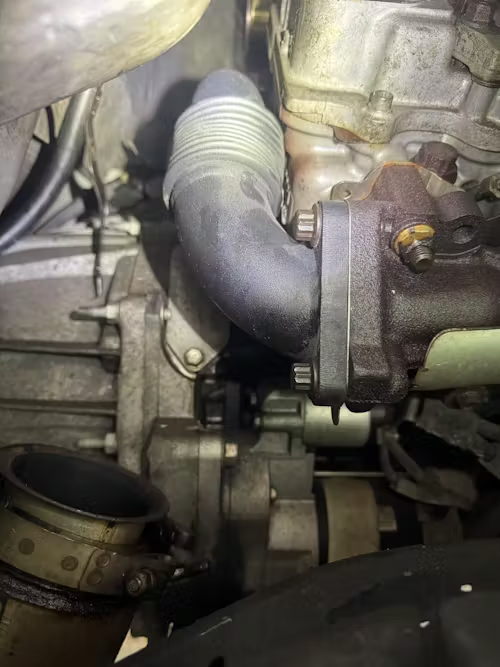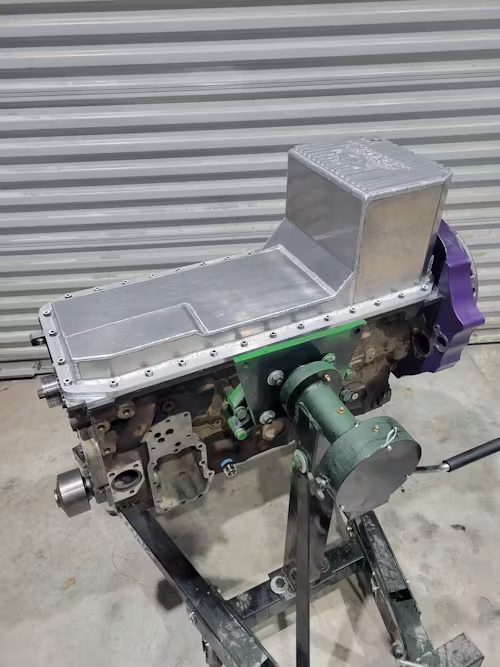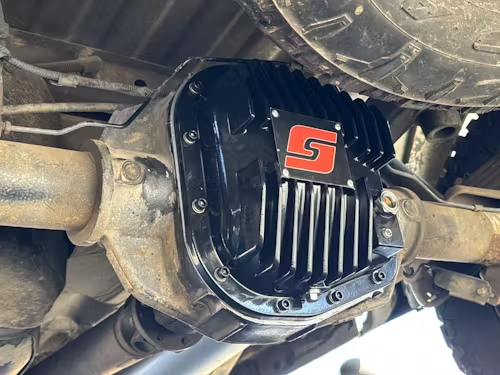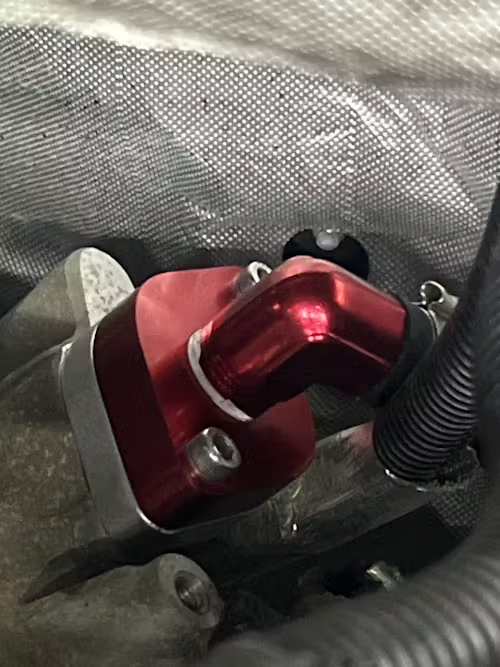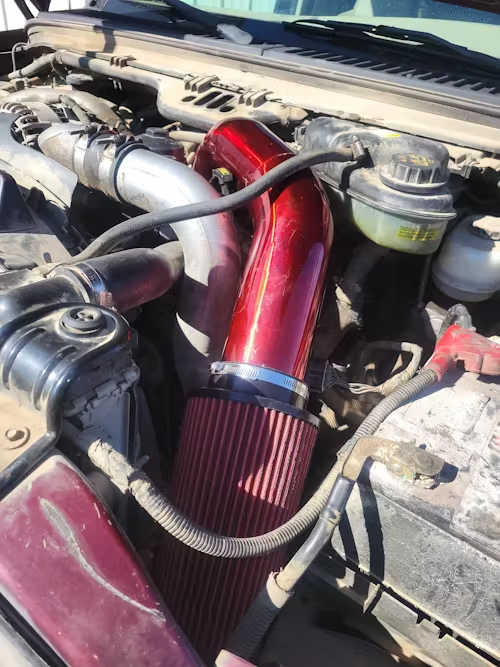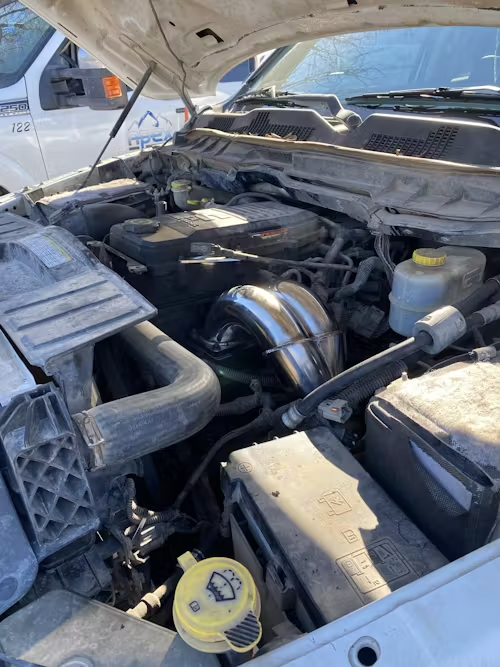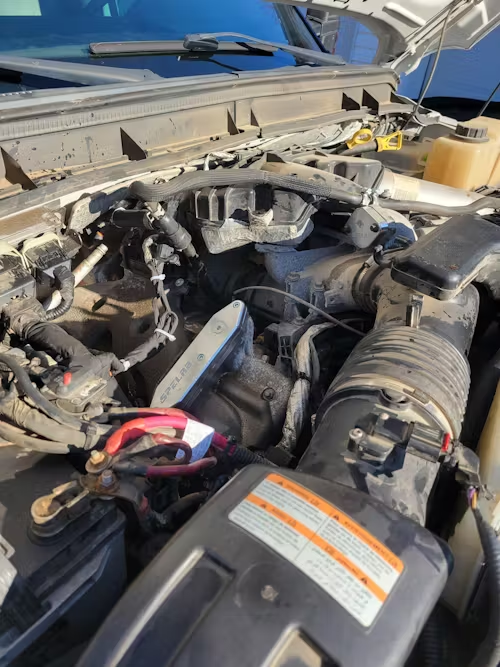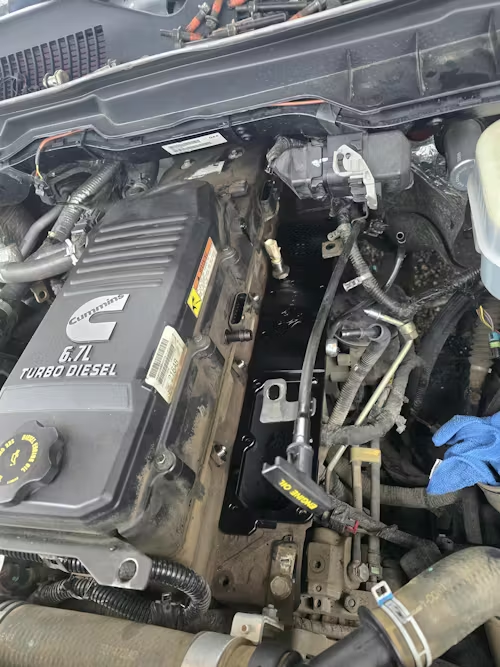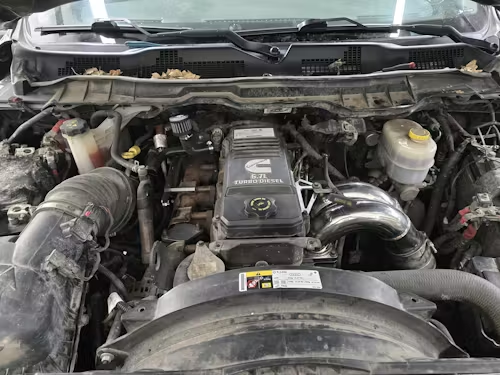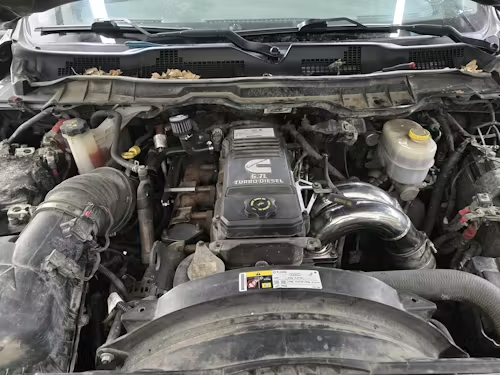SPELAB Exhaust Header for 1998-2002 LS1 Camaro Firebird Headers & Y-Pipe 1 7/8 Race Version F-Body
Replacing or upgrading your exhaust header is necessary for both engine performance and sound. Whether on or off the track, exhaust headers provide more horsepower and improved exhaust sound. SPELAB offers many products to help you create your own custom engine headers. It's really easy and convenient to use: direct bolt-on, no modification needed.
Fitment:
1998-2002 LS1 Camaro Firebird Headers & Y-Pipe 1 7/8 Race Version F-Body
Specifications:
Brand Name: SPELAB
Certificate: ISO9001:2000
Application: Automobile Exhaust Header
Material: Stainless Steel
Surface: Mirror Polish
Model:EH28981
Full 1 7/8" Port Matched Primaries
3" Collector
Gains over 25rwhp
Exhaust Headers vs. Manifolds: Which is the Better Option?
When it comes to improving engine performance, exhaust headers and manifolds play a crucial role, but they differ significantly in terms of design, materials, and performance effects.
Material Differences:
Exhaust headers are typically made from lightweight, thin steel, which helps reduce overall engine weight and improve efficiency. This material choice enhances heat dissipation and reduces the time required for exhaust gases to exit the engine. On the other hand, exhaust manifolds are generally made from thick, durable iron. While iron is strong and cost-effective, it can retain heat, potentially causing higher temperatures in the engine bay and increasing the likelihood of thermal damage.
Design and Size:
Exhaust headers are longer and consist of individual pipes for each cylinder. This design allows each exhaust gas pulse to travel freely, without interference from the other cylinders, reducing exhaust backpressure and improving engine efficiency. The individual tubing in headers also allows for a smoother exhaust flow, contributing to better performance, particularly in high-performance and modified engines.
In contrast, exhaust manifolds are typically a single, compact unit that collects exhaust gases from multiple cylinders and funnels them into a single outlet. This design creates backpressure as gases from each cylinder merge, which can reduce the engine's efficiency, especially at high RPMs. The backpressure created by manifolds can lead to decreased power, slower acceleration, and less responsive engine performance.
Performance Impact:
The main advantage of exhaust headers over manifolds is their ability to reduce backpressure. By providing a dedicated path for each exhaust gas pulse, headers allow for more efficient exhaust flow. This results in a noticeable increase in engine power, particularly in engines designed for higher performance. With headers, exhaust gases exit the engine more quickly, allowing the engine to breathe better and perform more efficiently, particularly under heavy load or high-speed driving.
Exhaust manifolds, while generally cheaper and simpler to install, create more resistance to exhaust flow. This backpressure can limit an engine's power potential, especially in modified or high-output engines. Manifolds are often more suitable for stock or low-performance vehicles, as they tend to be quieter and easier to install.
Durability and Cost:
Exhaust headers, though offering better performance, tend to be more expensive and may require additional modifications during installation, such as adjustments to the exhaust system or even the engine itself. However, the performance benefits often outweigh the initial investment for enthusiasts and those seeking enhanced engine output.
Exhaust manifolds, in contrast, are more cost-effective and easier to install, making them a good choice for those on a budget or for stock vehicles where performance is not the primary concern. They are also more durable due to the thicker iron material, but this durability comes at the cost of performance limitations.

PLEASE NOTE!





















